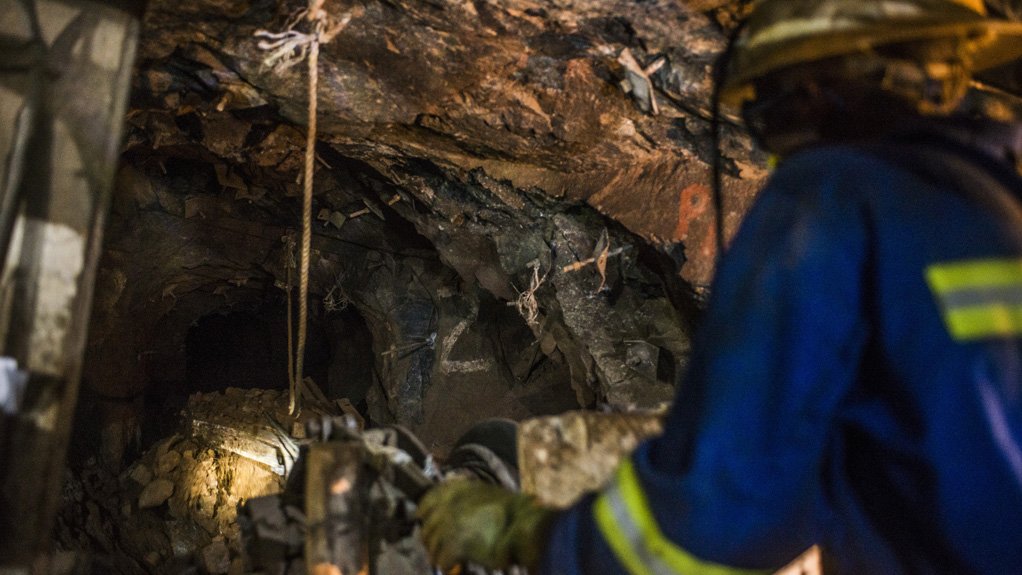Africa’s red metal producer Zambia on 16 February 2022 reprieve in its Long Term Issuer Rating (LTIR) after Standards and Poor’s (S&P) rating agency improved its grading to ‘CCC+‘ from ‘CCC’ with stable outlook. The agency left Zambia’s foreign currency rating at Selective Default (SD) with stable outlook. S&P cited significant steps the MinFin has taken towards restoration of fiscal fitness through local currency arrears dismantling despite the backlog still remaining high. This rating adjustment is the copper producers second assessment after it skipped coupon payments on its dollar bonds costing it a default rating on its foreign currency debt posture. Fitch rating agency in April 2021 affirmed Zambia’s Long Term Issuer Rating (LTIR) on it local currency debt at ‘CCC’ while maintaining the foreign currency at default a position that will only change with successful debt restructure for which the red metal producer is in the labyrinth of. Standards and Poor’s still foresee risks to the Southern African nations debt restructure process given changing dynamics with a long awaited deal with the Washington based lender the International Monetary Fund (IMF) for an Extended Credit Facility.

Zambia’s Head of State Hakainde Hichilema chats with IMF Managing Director Kristalina Georgeiva on the sidelines of the EU – AU summit.
It is certain that Zambia is poised to get financial assurance with the IMF however the question around when is what keeps markets nervous and as such volatility in currency can not be overruled while the interest rate curve will continue to signal mixed messages but more skewed towards a bearish trajectory. The red metal producer joins the ranks of Ethiopia and Chad in wait for the Washington based lenders board to approve financial assistance for which the interest rate environment is changing rapidly as the US Fed prepares to hike rates aggressively to curb rising inflation in the worlds largest economy.
If Jerome Powell’s chaired US Federal Open Market Committee (FOMC) tightens rates as early as March the world can expect a strongly dollar which by default makes emerging and frontier market currencies weaker. This adds on to already existing structural pressures that geopolitical tension following Russia’s invasion of Ukraine will bring with it in the crude market supply faculty over and above the autopsy effects of a COVID19 pandemic in the business ecosystem.
Zambia’s quagmire remains timelines on debt restructure influenced largely by when the IMF does approve its financial request agreed upon with the Article Staff Mission team and the in Ministry of Finance. The Zambian authorities have so far reported a target of June which is 3 months to maturity of the celebrated $750 million 2022 dollar bond. Will the proposed memorandum of understanding between the creditors and the Zambian government been signed by then? With uncertainty around IMF deal crystallization it is very hard to estimate with confidence if the MOU will conclude by September. Until then Zambia’s foreign currency rating remains default and will constrain risk appetite as it has over the last 2 years. Commercial banks will under the International Financial Reporting Standard (IFRS9) continue to risk weight assets to reflect the risk posture of the copper producer impacting provisioning.
Zambia continues to be cushioned by easing political risk factors in the wake of a regime change that has fostered a more private sector led fiscal budget and rising metal prices on the London Metal Exchange (LME). Copper continue to reverberate between $9,500 – $11,000/MT as a strong decarbonization drive persists in readiness for an electric car and renewable energy era. This has improved the fiscal earning capacity through mineral royalties however the biggest hurdle remains clarity around debt restructure which will increase Foreign Direct Investment (FDI) into the Southern African nation to stimulate growth.
Generic across crude importers, with Brent flirting with $105 a barrel highs Zambia’s manufacturing pulse and dollar demand is poised to come under pressure to impact growth and inflation posture.
The Kwacha Arbitrageur

